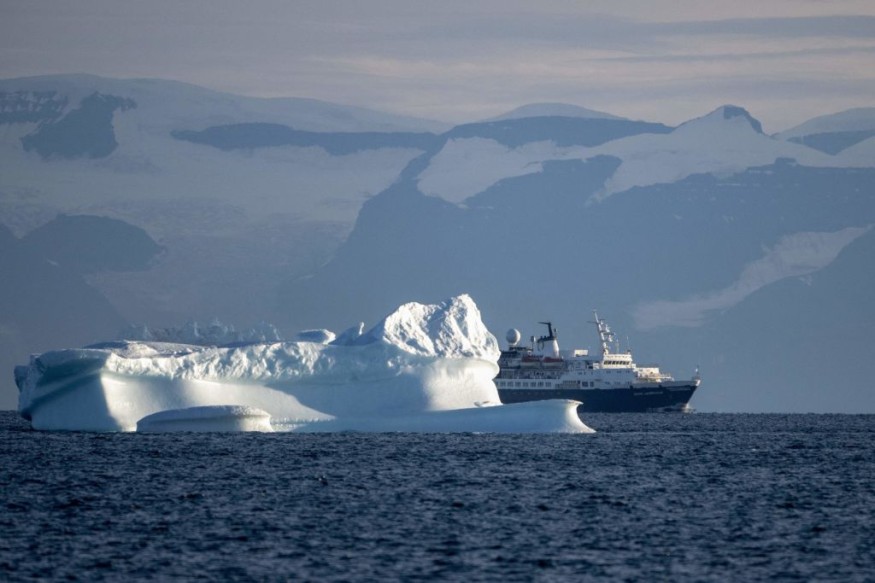Scientists in the Antarctic have had the "incredibly lucky" opportunity to examine the largest iceberg in the world, which is roughly three times the size of New York City and broke off the icy continent almost 40 years ago.
With the use of these samples, the survey intends to ascertain how the iceberg is affecting the water's carbon level.
A23a Iceberg's Carbon Levels

The massive iceberg, called A23a, broke away from an ice shelf in 1986. It was formerly part of West Antarctica, south of Chile. The iceberg has been stuck to the ocean floor in the Weddell Sea ever since.
The said iceberg was moving into an area known as "iceberg alley" on its way to the sub-Antarctic island of South Georgia when the British Antarctic Survey used satellite imagery last week to establish it was no longer stuck.
While heading south to look at how Antarctic ecosystems are affecting the carbon and nutrient cycles in the ocean, the research ship passed A23a.
"We had the right team aboard to take advantage of this opportunity," said ship chief scientist Dr. Andrew Meijers, adding that it was "incredibly lucky that the iceberg's route out of the Weddell Sea sat directly across our planned path."
Major media sources announced on Nov. 25 that A23a had at last begun to move.
But in 2020, the berg started to break free from its undersea tether, marking the beginning of its struggle for independence.
Environmental Influence Of Iceberg
Laura Taylor, a biogeochemist on board the ship, stated that the team's collection of saltwater samples from the area surrounding the iceberg would aid in the investigation of potential life forms in the vicinity of A23a.
She also added that the survey hopes the samples will help determine the influence of the iceberg on the carbon levels in the water.
"Giant icebergs can provide nutrients to the waters they pass through, creating thriving ecosystems in otherwise less productive areas. What we don't know is what difference particular icebergs, their scale, and their origins can make to that process," said Taylor.
A23a is also one of the oldest icebergs in the world. The bergs may occasionally run into South Georgia, one of the many islands in this area, which would be problematic for the fauna of Antarctica. South Georgia is an inhabited island in the Southern Ocean that is home to enormous colonies of penguins.
The massive iceberg might prevent millions of seals, penguins, and seabirds from breeding on the island and from accessing the nearby waters, where they would otherwise feed.
Ocean currents will force A23a northward into the Drake Passage, sometimes referred to as the "iceberg graveyard"; most other major icebergs birthed into the Weddell Sea, such as A76a and A68a, have gone through this body of water on their lengthy journeys to their watery deaths.
Fears that A68, another massive iceberg, will crash into South Georgia in 2020 and destroy marine life there and cut off food supplies were aroused in 2020.
A conceivable outcome for A23a as well was the iceberg's eventual breakup into smaller pieces, which prevented such a calamity.
Related Article : Giant Iceberg Caught on Video Approaching Canadian Island
© 2025 NatureWorldNews.com All rights reserved. Do not reproduce without permission.





